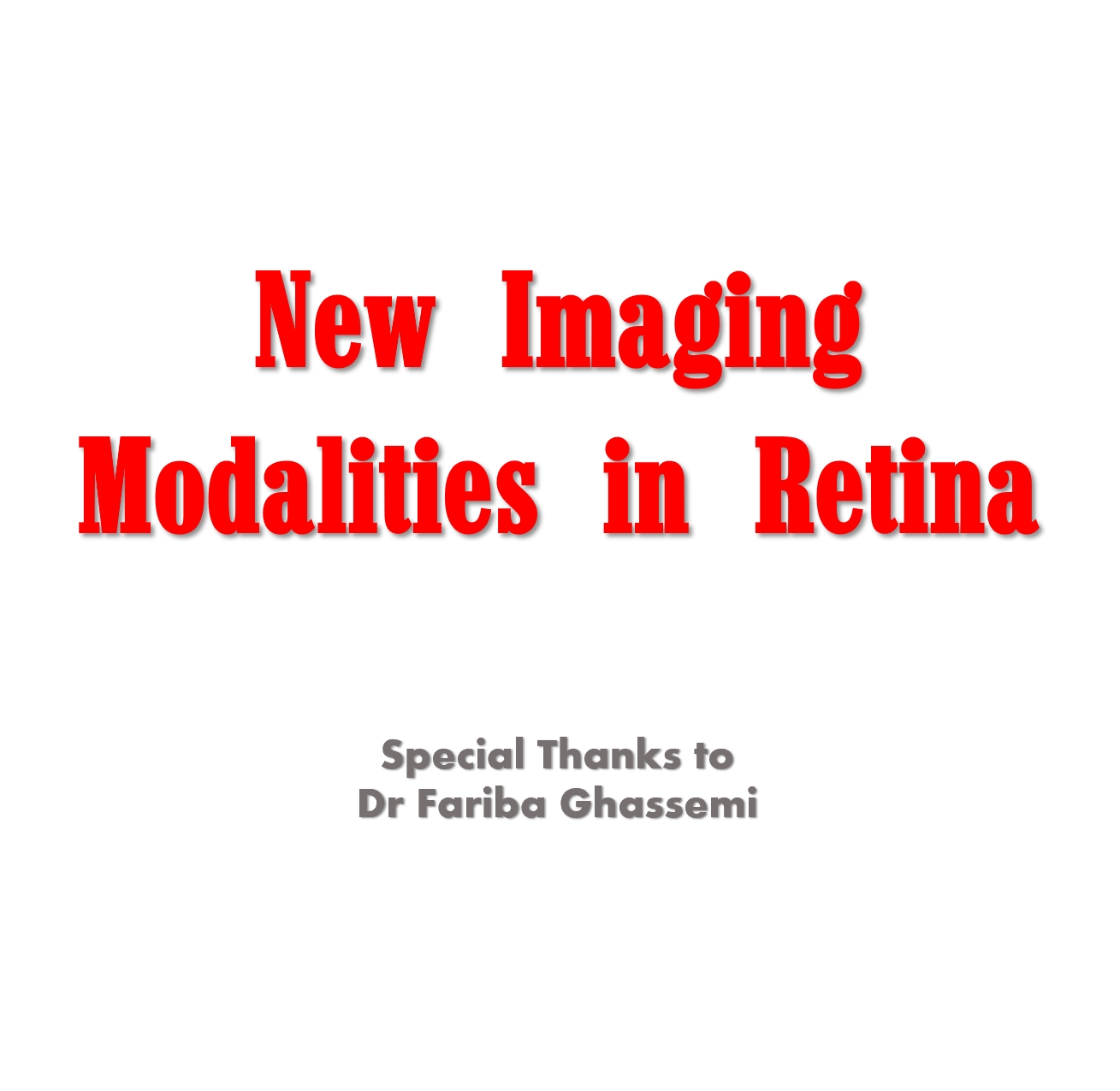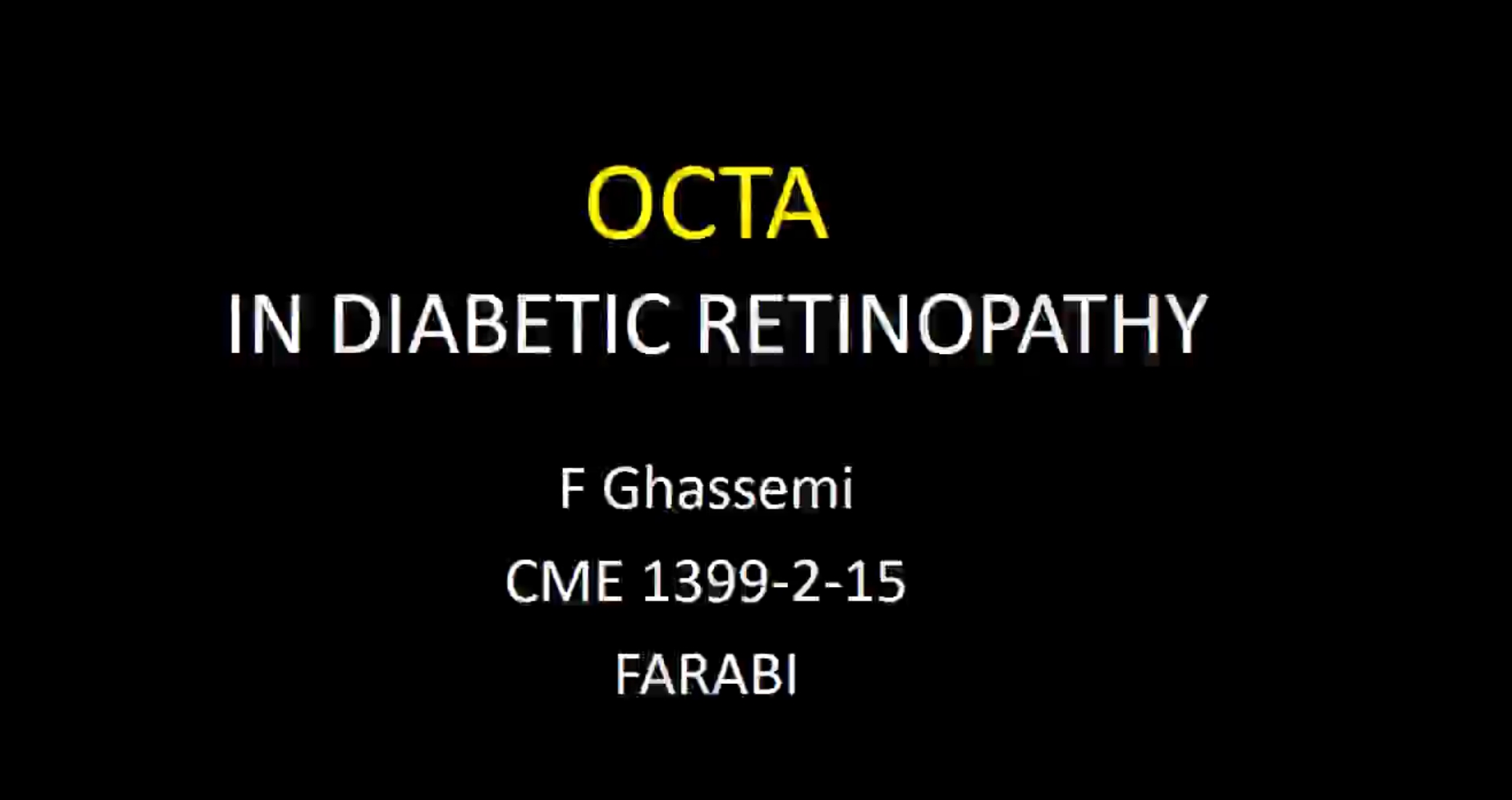Posted inInteresting Papers
Polypoidal choroidal vasculopathy: evaluation based on 3-dimension reconstruction of OCT angiography
This article presents a clinical case series that aims to describe novel observations of polypoidal choroidal vasculopathy (PCV) using three-dimensional (3D) reconstruction of swept source OCT angiography (SS-OCTA) images. The…


